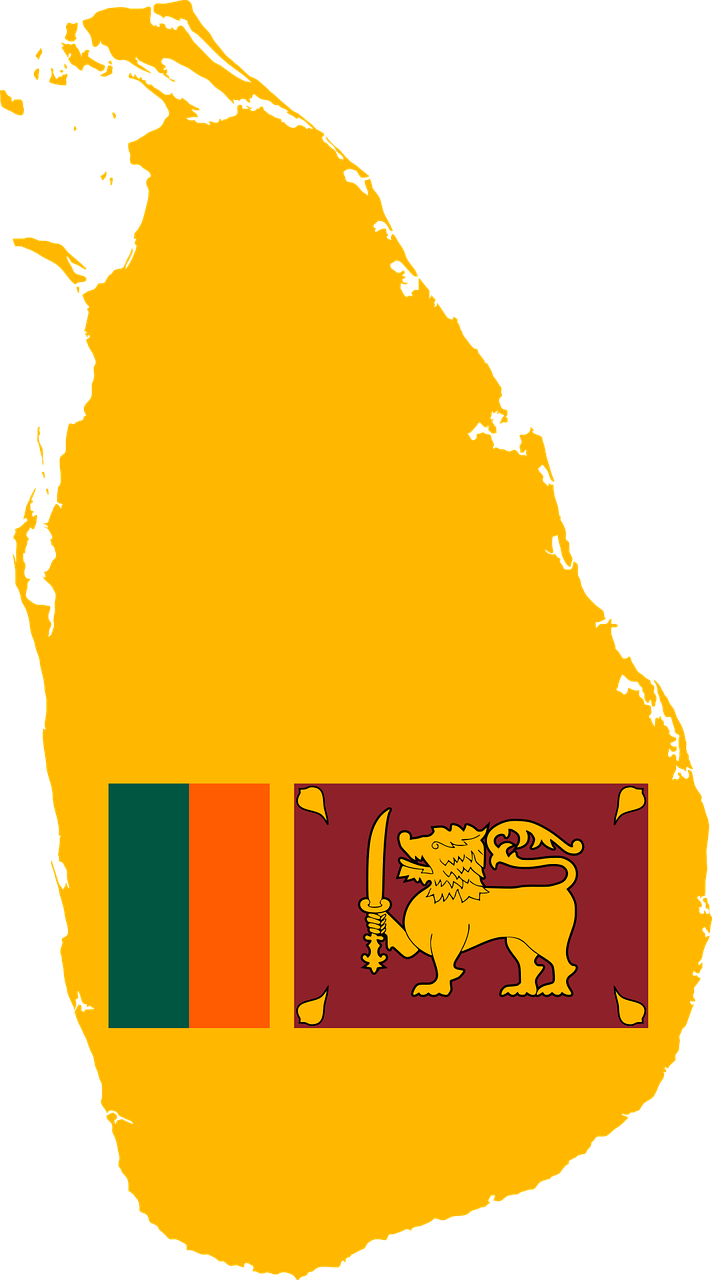Report by Ananya Singh
Sri Lanka is facing an economic crisis since 2020. This has led to high inflation and a shortage of supplies. The country’s international debts have increased and it has asked India and China for assistance.
India
- India has provided a credit of $1 billion to Sri Lanka so that the country can function and improve its export. This means that Sri Lanka can take the amount it needs to buy imports from India but not a penny more than what is needed to pay.
- It had also conducted a $400 million currency swap (Indian and Sri Lankan currency exchange) and a $500 million loan earlier in the year.
- The country is also providing Sri Lanka with medical supplies free of cost.
China
- Sri Lanka has also requested China to restructure the debt repayments for a longer time period, i.e. increase the time within which Sri Lanka has to repay the loan, or approach the International Monetary Fund and initiate a negotiation process which benefits both countries.
- China had paid for highway and road constructions, the building of an airport, and the setting up of a coal power plant, and a commercial port, along with other developmental plans in Sri Lanka.
- It was also Sri Lanka’s biggest source of tourists and import goods before the pandemic.
Total Debt
Sri Lanka now has a total of $11.8 billion international debt owing to its borrowing cycles since 2007. It owes 36.4% in Sovereign bonds, 14.3% to The Asian Development Bank, and 10.9% each to Japan and China. The rest is owed to countries like India, the World Bank, and the United Nations.
Reasons for the Crisis:
- Sri Lanka depends on the tourism industry for a large part of its revenue. The industry makes-up 12% of the country’s money inflow. This industry was negatively impacted because of the pandemic and the country faced a drop in its revenue from this business.
- The country’s foreign reserves have reduced by 70% since January 2020. They had a value of $2.3 billion only by February 2022. However, the country still has to repay a debt of $4 billion within this year. This reduction of foreign currency means that Sri Lanka’s capacity to import food, fuel, and medicine has been negatively impacted as it cannot pay countries to buy these products.
- A cut in the income tax paid by people resulted in a loss of 4% GDP per year.
- Sri Lanka depends largely on imports. With the pandemic, the money it made within the country reduced while prices for imported goods, like oil and medicine increased. This put the country in a loop of spending more than it has. To have the ability to pay for imports, Sri Lanka was forced to ask for loans from other countries.
Effect of the Crisis:
- Prices of food are increasing on a day-to-day basis, with a 25% increase from February to March.
- There has been a cut in electricity supply, with only 4 hours of electricity a day.
- Fuel has become scarce and people are having to line-up at fuel stations to buy fuel at high prices.
- An inflation of 17.5% in the country has resulted in people resorting to rationing.
- Newspaper and other printing industries have been forced to stop production as there is a lack of printing material. This has resulted in exam postponement as well.
- The tax cuts that took place after Sri Lankan President Gotabaya Rajapaksa came to power in 2019 has resulted in further loss of revenue of the government.
- Sri Lankans are fleeing the country and migrating to India’s southern coasts owing to inflation and unemployment.
Precautions:
- The government imposed an import ban in March 2020, to reduce the imports bought and save foreign currency.
- The government also tried to promote organic farming, but inflation resulted in people not being able to buy the supplies needed. Organic farming also leads to lower output. Further, Sri Lanka had to import the organic compost manure also.


One Reply to “Sri Lanka Economic Crisis”
Comments are closed.